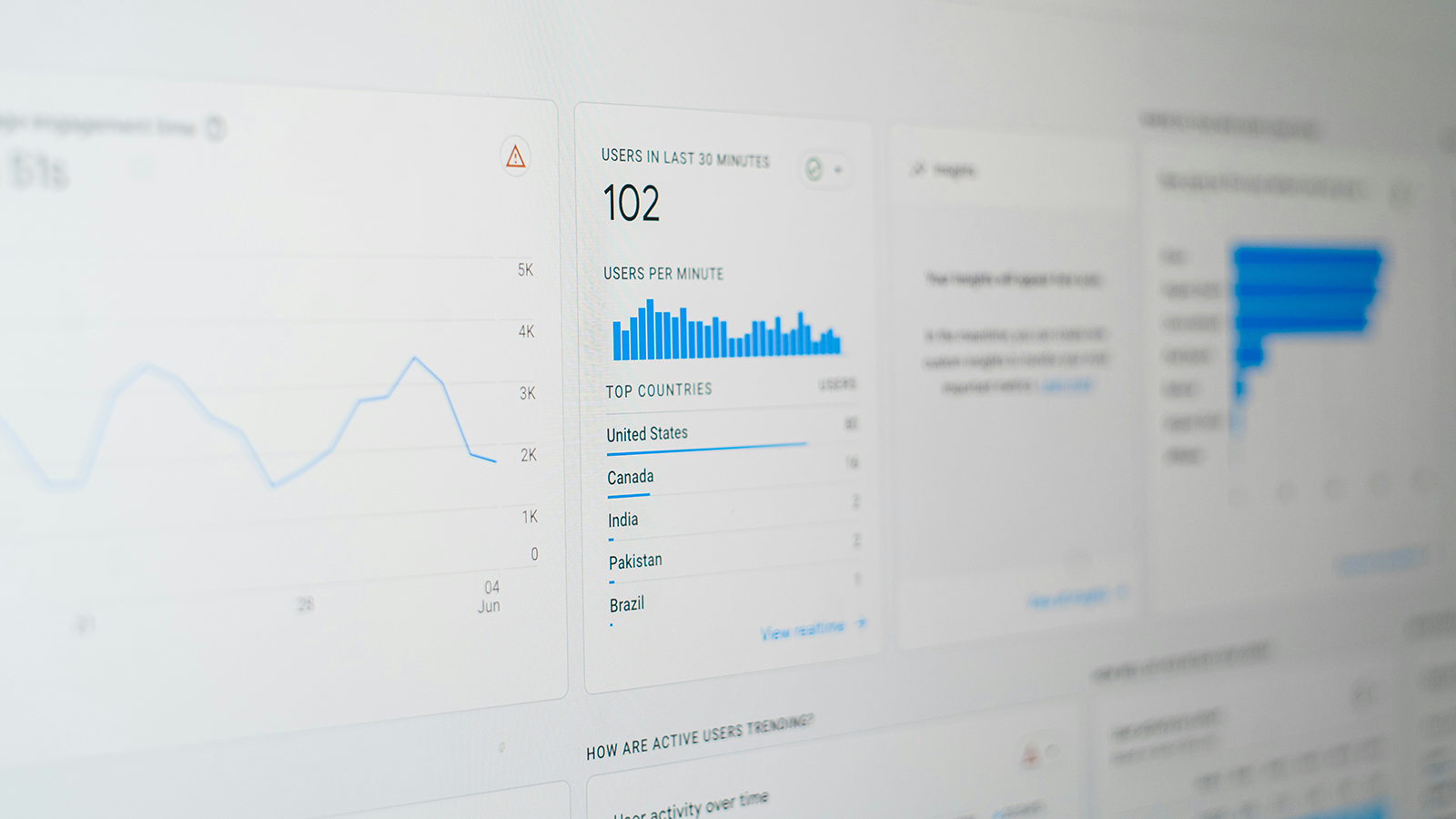Conversion-Tracking – The right Measurement and Optimization of Campaigns

Content
- What is conversion tracking?
- How is conversion tracking used in pharmaceutical marketing?
- The technical implementation of conversion tracking
- Important KPIs for conversion tracking in the healthcare industry
- Best practices for successful conversion tracking in Pharma-Marketing
- Conclusion: The role of conversion tracking in Pharma-Marketing
What is conversion tracking?
Conversion tracking refers to the measurement and analysis of success events that take place as part of a specific marketing activities. In the context of the pharmaceutical and healthcare industry, this can be, the download of a brochure, registration for a webinar or a request for a visit from the sales force. The aim is to make the success of digital marketing campaigns measurable and to continuously optimize the campaign (e.g. by reporting success events back to the respective advertising network).
Regulatory requirements, data protection regulations such as the GDPR and the sensitive handling of health data require customised and effective tracking strategies as well as the use of a suitable cookie banner framework.
How is conversion tracking used in pharma marketing?
Digital marketing tactics in the pharma and healthcare industry are often designed for a long-term impact. In contrast to classic consumer goods, where a direct purchase decision is the primary goal, in the healthcare sector it is usually about:
- Providing information: providing relevant content for doctors, pharmacists or patients.
- Lead generation: Winning qualified healthcare professionals (HCPs) for targeted marketing consents (opt-ins), interviews, on-site events or webinars.
- Patient education: Provision of guidelines, videos or webinars for patients and their relatives.
This is where the crucial added value of conversion tracking becomes clear: it enables pharmaceutical companies to evaluate the effectiveness of their digital marketing strategies in a data-driven process. This allows advertising budgets to be targeted at campaigns that promise the best results.
The technical implementation of conversion tracking
Conversion tracking must be carried out in accordance with applicable data protection law. Important technologies are:
- Consent management platforms (CMPs): They ensure that users actively consent (opt-in) to tracking.
- Server-side tracking: No 3rd party cookies are used, but 1st party cookies, which are processed via own infrastructure in order to comply with data protection regulations in the best possible way.
- Anonymized tracking methods: Use of aggregated and pseudonymized data to measure performance.
The implementation of these solutions requires close collaboration between marketing, IT and compliance departments in order to minimize legal risks and gain valuable insights at the same time.
Important KPIs for conversion tracking in the healthcare industry
In order to measure the success of digital activities, pharma and healthcare companies should focus on industry-specific key performance indicators (KPIs). These include, among others:
- Click-through rate (CTR): Ratio of clicks to impressions of an ad.
- Cost per lead (CPL): Costs incurred for generating a qualified lead.
- Download or registration rates: Number of users who download a brochure or register for a webinar.
- Engagement rate: Length of stay and interaction rate on an information page.
- Conversion rate by target group: Analysis of conversions in specific segments such as doctors or patients.
A data- driven analysis of these KPIs enables pharma companies to constantly improve their marketing efforts and adapt them to the needs of their target groups.
Best practices for successful conversion tracking in pharma marketing
Successful conversion tracking relies not only on the right technical implementation, but also on strategic measures that ensure high data quality. These include:
- Clear goal definition: Clearly defining which actions count as conversions (e.g. registration for an event or congress or product brochure downloads).
- Omnichannel tracking: Linking offline and online data to map the entire user behavior.
- Regular data analysis: Ongoing review and adjustment of the strategy based on performance data.
- Data protection-friendly implementation: Ensure that all tracking measures are GDPR-compliant and that user consent was obtained properly.
By relying on a data-driven marketing strategies, pharma companies can optimize their marketing tactics in a predictable way and effectively reach their target groups.
Conclusion: The role of conversion tracking in pharma marketing
Conversion tracking is an essential instrument for measuring the success of digital campaigns in the pharmaceutical industry. Through targeted data analysis, industry players can not only make their marketing campaigns more effective, but also reduce costs and better meet regulatory requirements.
Despite the challenges of data protection, a well thought-out tracking concept gives you a competitive edge. Pharmaceutical companies that use conversion tracking strategically gain valuable insights into user behaviour and can continuously improve their digital advertising. The future of pharmaceutical marketing lies in the intelligent linking of this data, which makes it possible to play out personalised content to the right target group at the right time. Those who invest in data-supported optimisation today are setting themselves up for lasting success in an increasingly digitalised industry.
